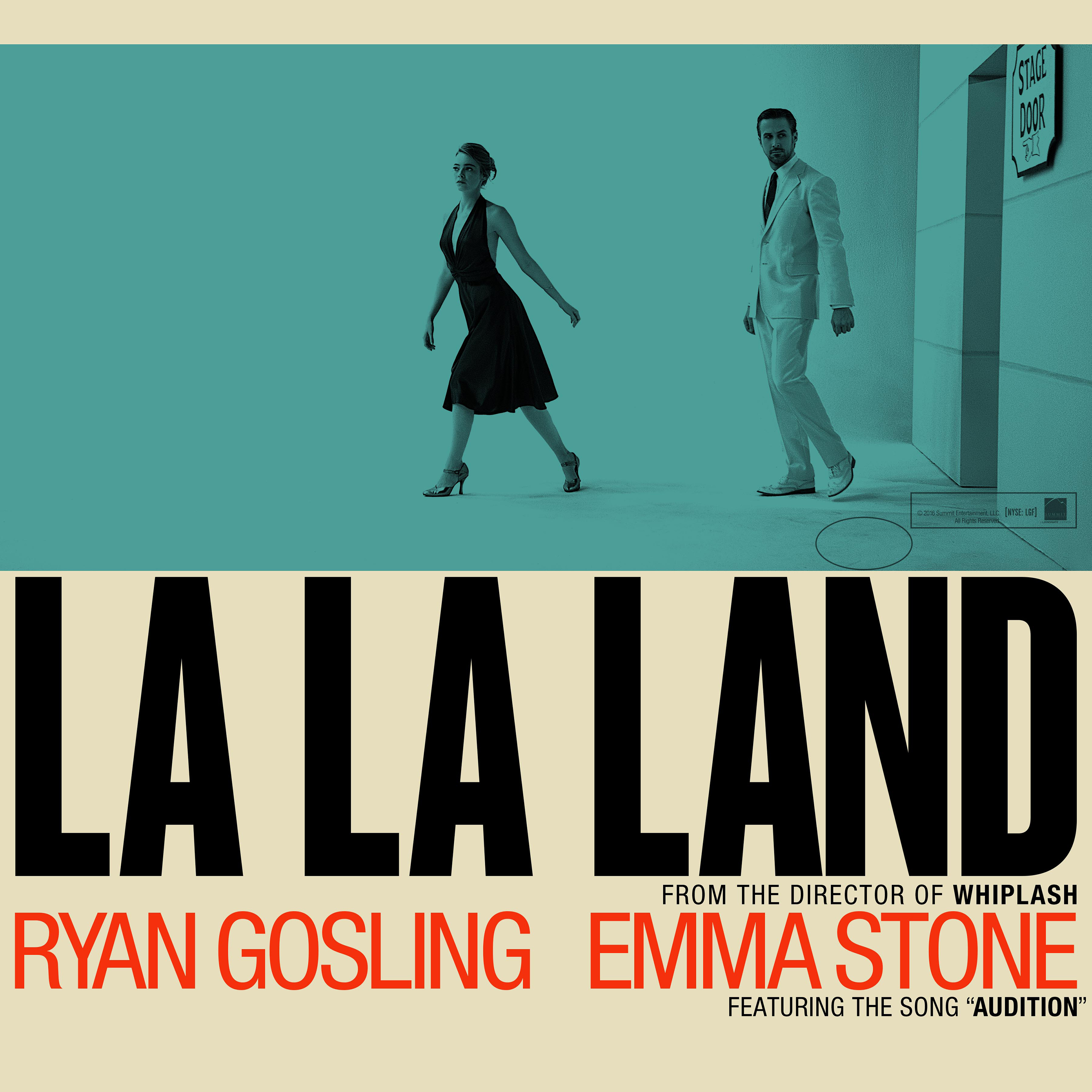 There’s a scene in the new musical La La Land where jazz pianist Sebastian, played by Ryan Gosling, is confronted by his old friend and band-leader, Keith (Jon Legend) about the nature of jazz. It’s after Sebastian’s first practice session with Keith’s new band. Sebastian is convinced jazz is dying because people won’t take it on its own terms. Keith replies that Sebastian talks about saving jazz, but that to do that, you have to bring it up to date with synthesizers and backup singers, not be a slave to its history. But Sebastian isn’t trying to put jazz in amber, he just wants it to be confident in its own authenticity.
There’s a scene in the new musical La La Land where jazz pianist Sebastian, played by Ryan Gosling, is confronted by his old friend and band-leader, Keith (Jon Legend) about the nature of jazz. It’s after Sebastian’s first practice session with Keith’s new band. Sebastian is convinced jazz is dying because people won’t take it on its own terms. Keith replies that Sebastian talks about saving jazz, but that to do that, you have to bring it up to date with synthesizers and backup singers, not be a slave to its history. But Sebastian isn’t trying to put jazz in amber, he just wants it to be confident in its own authenticity.
Keith and Sebastian are talking about jazz. And about the movie musical.
The central artistic tension of the film is between nostalgia and creativity. Both writer-director Damien Chazelle and his on-screen avatar Sebastian struggle with how to draw on the goodwill and good feelings of a golden age, while not getting trapped in stagnant nostalgia. This year saw a number of films set in Hollywood’s golden age that didn’t work well. I had high hopes for the Coen Brothers’ Hail, Caesar!, but it failed precisely because it was post-modern nostalgia, and homage rather than a creation.
Chazelle solves the problem by not making a period piece. It’s set in 2016, but follows the conventions of the traditional musical.
La La Land works because it’s confident in its own authenticity. From the opening production number set in a traffic jam on an LA freeway, the characters simply slide into singing or dancing because that’s what characters in musicals do. The musical numbers advance the plot or develop the characters because that’s what musical numbers do.
Gosling and Stone don’t wink at the audience. Hip irony, or self-aware self-consciousness would kill the picture, because if a film doesn’t take its own form seriously, why should you?)
The musical is actually melodic and enjoyable, legitimate 21st Century show tunes, not rock or rap shoehorned into a mismatched genre. You recognize Seb & Mia’s theme when it’s repeated; the recurring ballad, a rhythm song named “City of Lights,” works in any tempo or mood, and isn’t so overworked that you get sick of it.
And oh, do you take it seriously. There’s plenty of humor, of course, but through the first 120 minutes, right up to the climactic “Epilogue,” you first believe in Seb and Mia, and then invest heavily in their relationship. Each of them is charming in their own right, but the chemistry between them pops off the screen. You desperately want them to succeed as individuals and as a couple.
Therein lies the central relationship tension of La La Land – can they have both their creative dreams and their dream of each other?
By setting a traditional music today, and by writing for a 2016 audience, Chazelle really does keep you guessing up until the very end. Some will find the ending satisfying; to others, it will look like the easy way out.
But sorry, no spoilers here. You’ll have to see it yourself.



